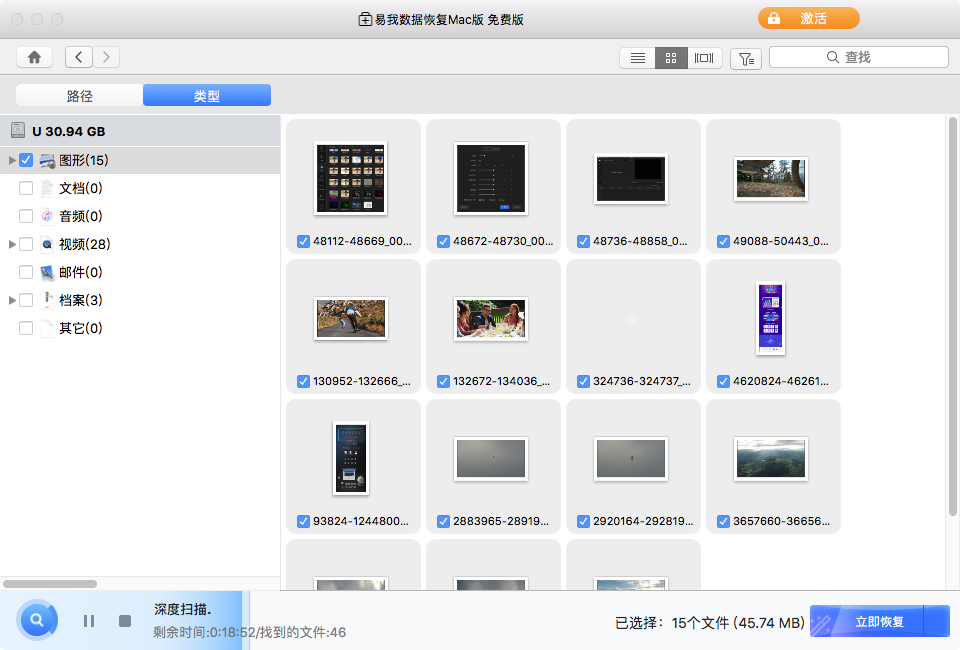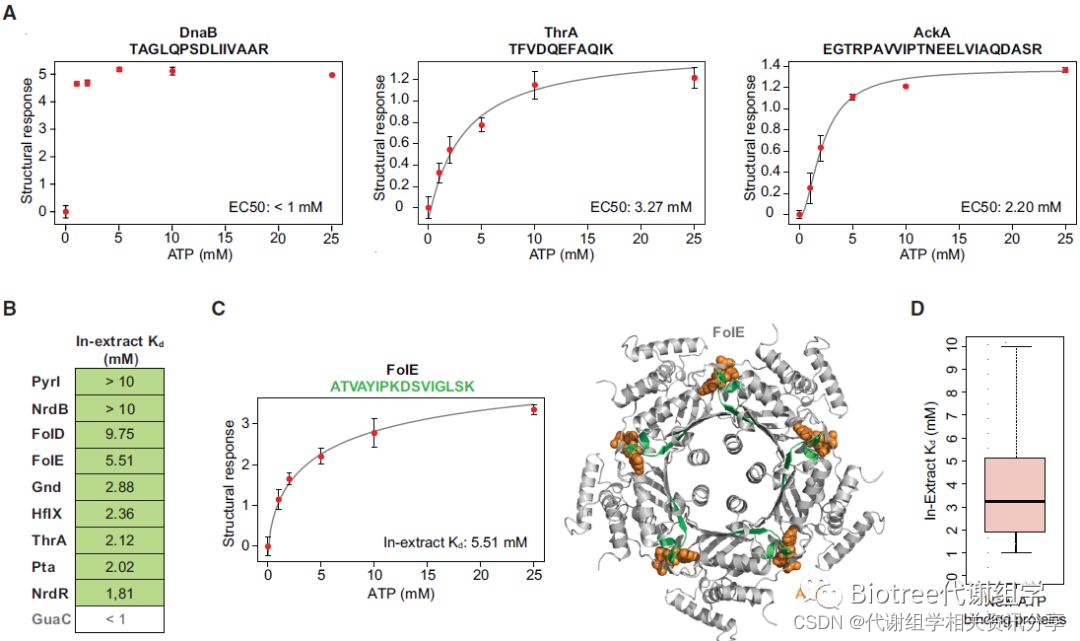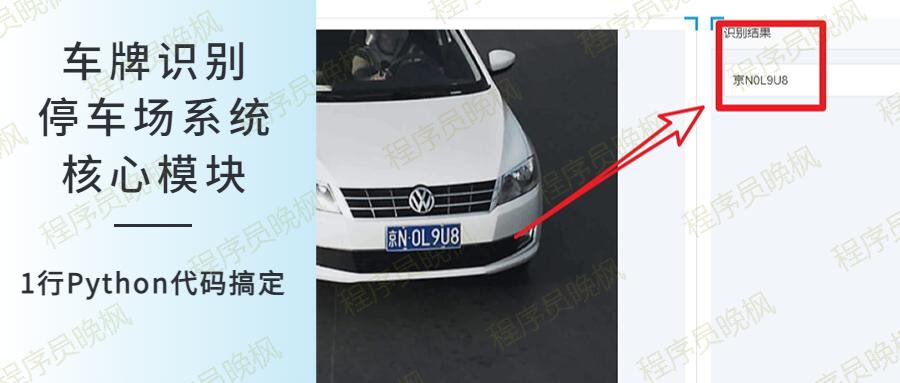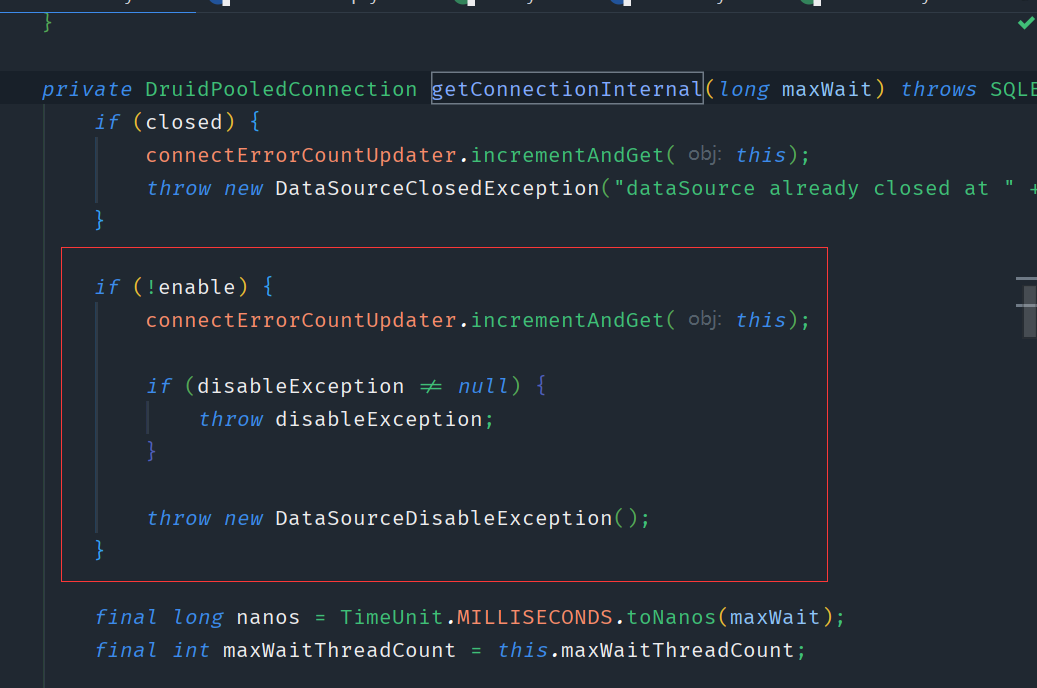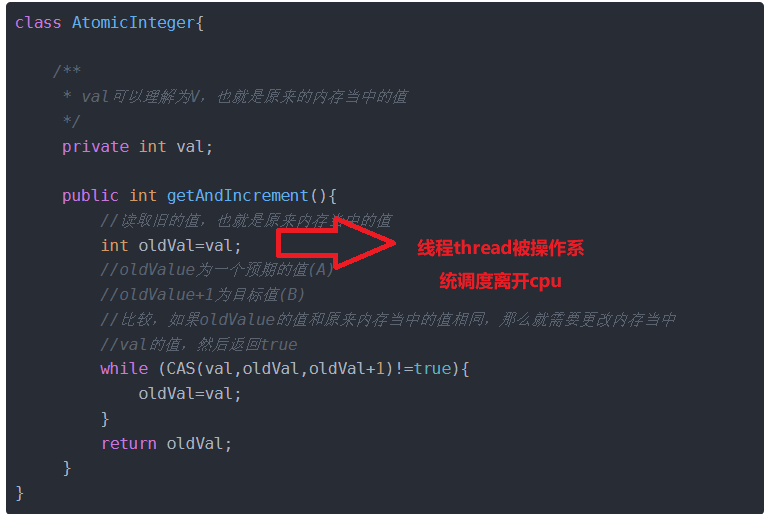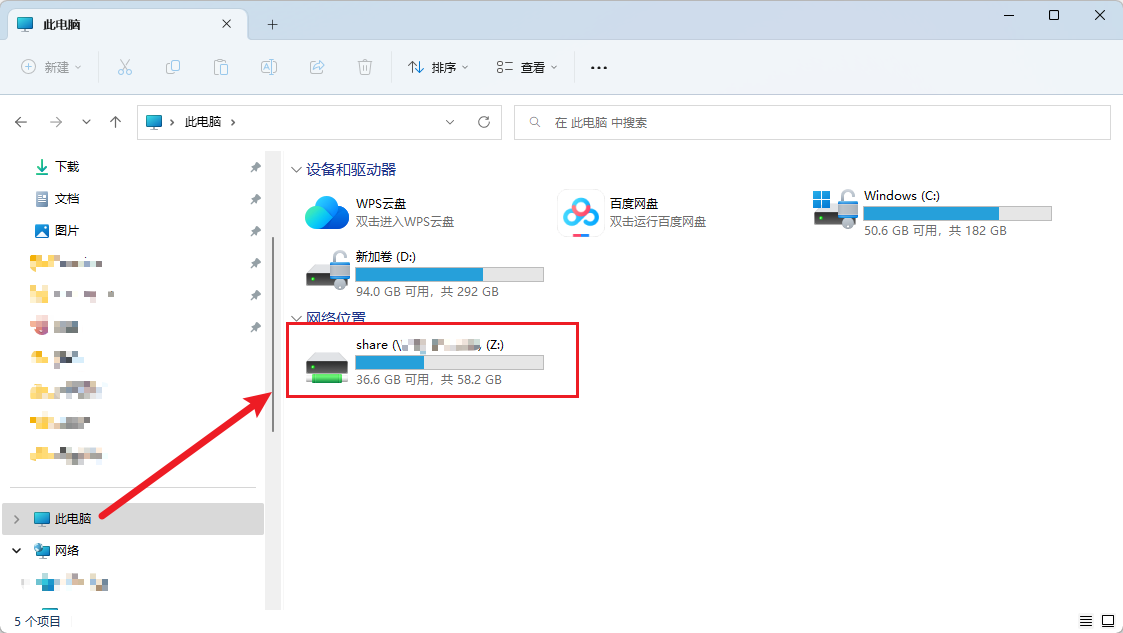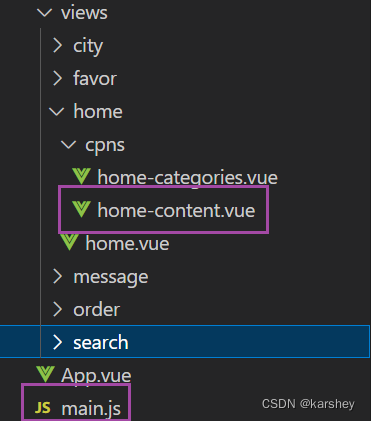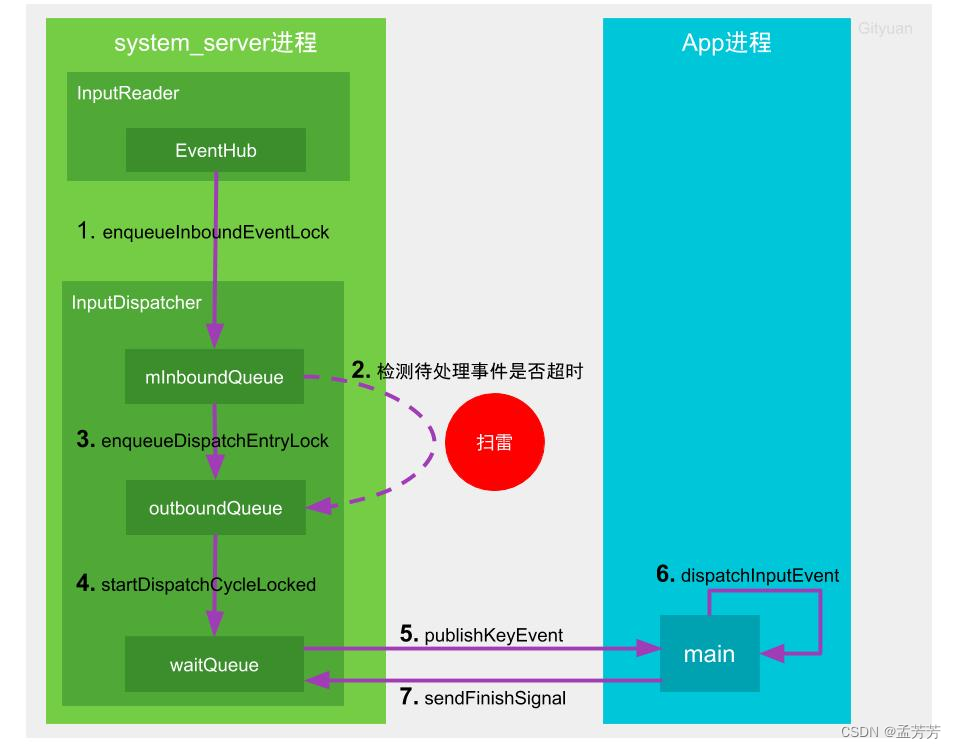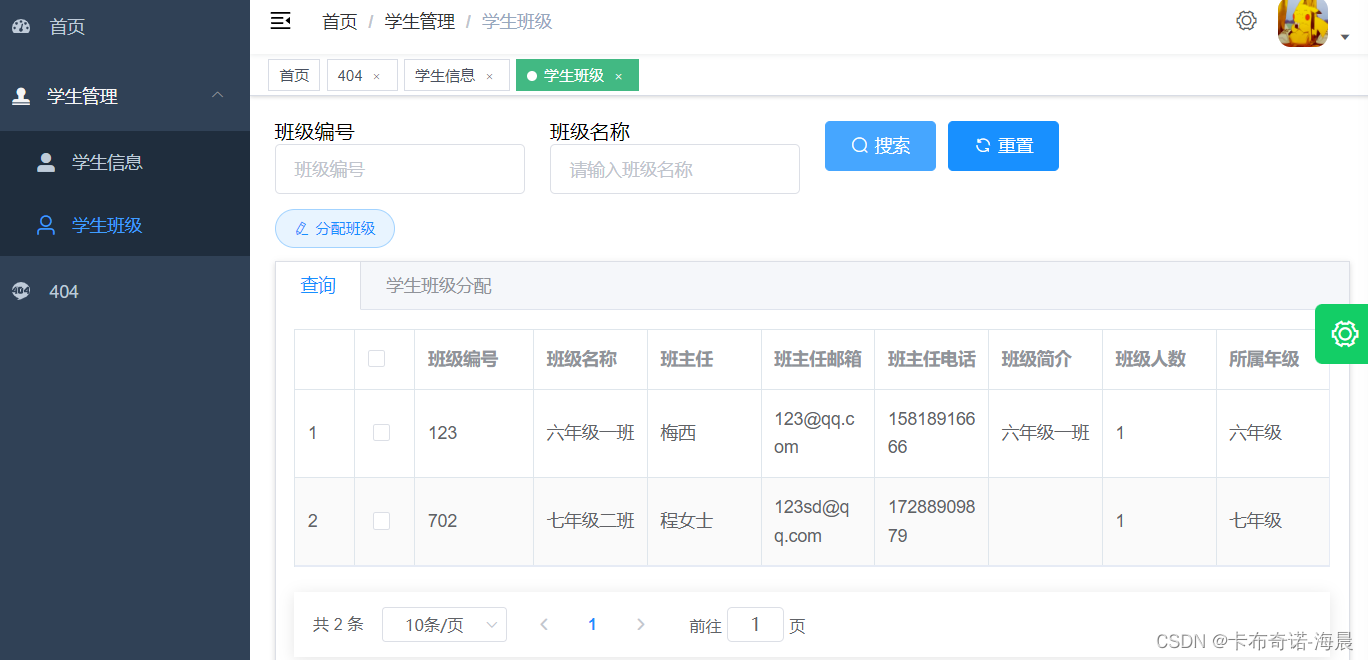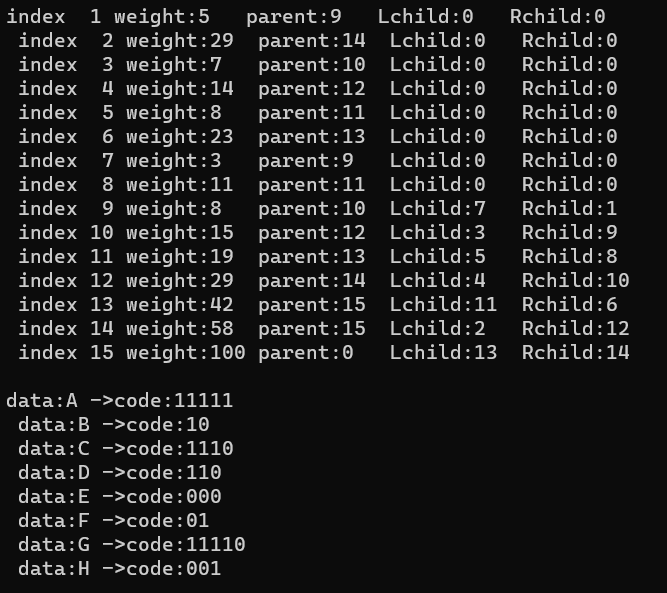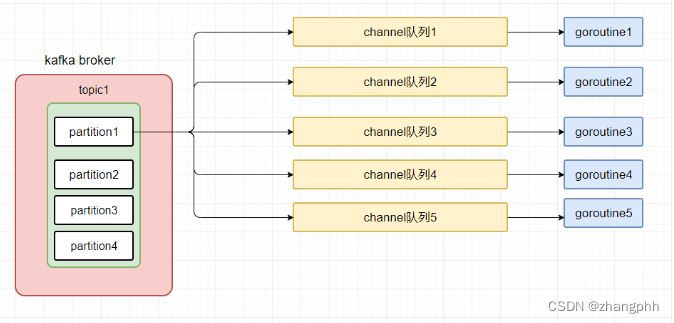1、React简介
官网
英文官网: https://reactjs.org/
中文官网: https://react.docschina.org/
描述介绍
用于动态构建用户界面的 JavaScript 库(只关注于视图)
由Facebook开源
React特点
1、声明式编码
2、组件化编码
3、React Native 编写原生应用
4、高效(优秀的Diffing算法)
React高效的原因
1、使用虚拟(virtual)DOM,不总是直接操作页面真实DOM;
2、DOM Diffing算法,最小化页面重绘;
2、React的基本使用
<!DOCTYPE html>
<html lang="en">
<head>
<meta charset="UTF-8">
<title>hello_react</title>
</head>
<body>
<!-- 准备好一个“容器” -->
<div id="test"></div>
<!-- 引入react核心库 v16.8.4-->
<script type="text/javascript" src="../js/react.development.js"></script>
<!-- 引入react-dom,用于支持react操作DOM v16.8.4-->
<script type="text/javascript" src="../js/react-dom.development.js"></script>
<!-- 引入babel,用于将jsx转为js -->
<script type="text/javascript" src="../js/babel.min.js"></script>
<script type="text/babel" > /* 此处一定要写babel */
//1.创建虚拟DOM
const VDOM = <h1>Hello,React</h1> /* 此处一定不要写引号,因为不是字符串 */
//2.渲染虚拟DOM到页面
ReactDOM.render(VDOM,document.getElementById('test'))
</script>
</body>
</html>
2.1、创建虚拟DOM的两种方式
1、纯JS方式(一般不用)
<body>
<!-- 准备好一个“容器” -->
<div id="test"></div>
<!-- 引入react核心库 -->
<script type="text/javascript" src="../js/react.development.js"></script>
<!-- 引入react-dom,用于支持react操作DOM -->
<script type="text/javascript" src="../js/react-dom.development.js"></script>
<script type="text/javascript" >
//1.创建虚拟DOM(纯js创建过于复杂)
const VDOM = React.createElement('h1',{id:'title'},React.createElement('span',{},'Hello,React'))
//2.渲染虚拟DOM到页面
ReactDOM.render(VDOM,document.getElementById('test'))
</script>
</body>
2、JSX方式(JSX相当于JS写虚拟DOM的语法糖)
<body>
<!-- 准备好一个“容器” -->
<div id="test"></div>
<!-- 引入react核心库 -->
<script type="text/javascript" src="../js/react.development.js"></script>
<!-- 引入react-dom,用于支持react操作DOM -->
<script type="text/javascript" src="../js/react-dom.development.js"></script>
<!-- 引入babel,用于将jsx转为js -->
<script type="text/javascript" src="../js/babel.min.js"></script>
<script type="text/babel" > /* 此处一定要写babel */
//1.创建虚拟DOM
const VDOM = ( /* 此处一定不要写引号,因为不是字符串 */
<h1 id="title">
<span>Hello,React</span>
</h1>
)
//2.渲染虚拟DOM到页面
ReactDOM.render(VDOM,document.getElementById('test'))
</script>
</body>
关于虚拟DOM:
1、本质是Object类型的对象(一般对象);
2、虚拟DOM比较“轻”,真实DOM比较“重”,因为虚拟DOM是React内部在用,无需真实DOM上那么多的属性;
3、虚拟DOM最终会被React转化为真实DOM,呈现在页面上;
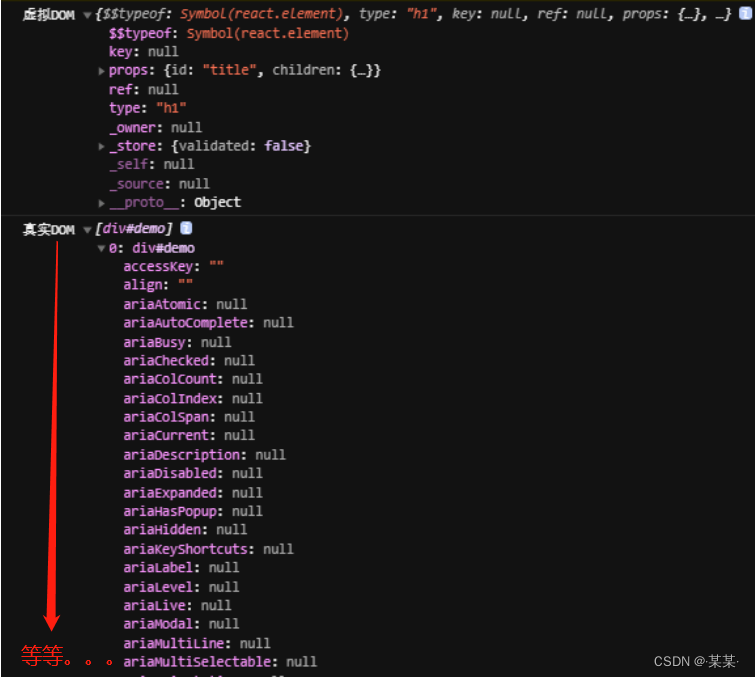
2.2、jsx语法规则
JSX简介
1、全称:JavaScript XML
2、react定义的一种类似于XML的JS扩展语法:JS + XML本质是React.createElement(component, props, ...children)方法的语法糖
3、作用:用来简化创建虚拟DOM
- 写法:
var ele = <h1>Hello JSX!</h1> - 注意1:它不是字符串, 也不是HTML/XML标签
- 注意2:它最终产生的就是一个
JS对象
4、标签名任意:HTML标签或其它标签
5、标签属性任意:HTML标签属性或其它
基本语法规则
1、定义虚拟DOM时,不要写引号;
2、标签中混入JS表达式时要用{};
3、样式的类名指定不要用class,要用className;
4、内联样式,要用style={{key:value}}的形式去写;
5、只有一个根标签;
6、标签必须闭合;
7、标签首字母:
(1)若小写字母开头,则将该标签转为html中同名元素,若html中无该标签对应的同名元素,则报错。
(2)若大写字母开头,react就去渲染对应的组件,若组件没有定义,则报错。
<script type="text/babel" >
const myId = 'aTgUiGu'
const myData = 'HeLlo,rEaCt'
//1.创建虚拟DOM
const VDOM = (
<div>
<h2 className="title" id={myId.toLowerCase()}>
<span style={{color:'white',fontSize:'29px'}}>{myData.toLowerCase()}</span>
</h2>
<h2 className="title" id={myId.toUpperCase()}>
<span style={{color:'white',fontSize:'29px'}}>{myData.toLowerCase()}</span>
</h2>
<input type="text"/>
</div>
)
//2.渲染虚拟DOM到页面
ReactDOM.render(VDOM,document.getElementById('test'))
</script>
babel.js的作用
1、浏览器不能直接解析JSX代码,需要babel转译为纯JS的代码才能运行;
2、只要用了JSX,都要加上type="text/babel",声明需要babel来处理;
3、模块与组件、模块化与组件化的理解
模块
1、理解:向外提供特定功能的js程序,一般就是一个js文件;
2、为什么要拆成模块:随着业务逻辑增加,代码越来越多且复杂;
3、作用:复用js,简化js的编写,提高js运行效率;
组件
1、理解:用来实现局部功能效果的代码和资源的集合(html/css/js/image等等);
2、为什么要用组件: 一个界面的功能更复杂;
3、作用:复用编码,简化项目编码,提高运行效率;
模块化
当应用的js都以模块来编写的, 这个应用就是一个模块化的应用;
组件化
当应用是以多组件的方式实现, 这个应用就是一个组件化的应用;

4、React面向组件编程
安装React开发者工具调试

4.1、React定义组件两种方式
1、函数式组件
<script type="text/babel">
//1.创建函数式组件
function MyComponent(){
console.log(this); //此处的this是undefined,因为babel编译后开启了严格模式
return <h2>我是用函数定义的组件(适用于【简单组件】的定义)</h2>
}
//2.渲染组件到页面
ReactDOM.render(<MyComponent/>,document.getElementById('test'))
/*
执行了ReactDOM.render(<MyComponent/>.......之后,发生了什么?
1.React解析组件标签,找到了MyComponent组件。
2.发现组件是使用函数定义的,随后调用该函数,将返回的虚拟DOM转为真实DOM,随后呈现在页面中。
*/
</script>
2、类式组件
<!-- 准备好一个“容器” -->
<div id="test"></div>
<!-- 引入react核心库 -->
<script type="text/javascript" src="../js/react.development.js"></script>
<!-- 引入react-dom,用于支持react操作DOM -->
<script type="text/javascript" src="../js/react-dom.development.js"></script>
<!-- 引入babel,用于将jsx转为js -->
<script type="text/javascript" src="../js/babel.min.js"></script>
<script type="text/babel">
//1.创建类式组件
class MyComponent11 extends React.Component {
render(){
//render是放在哪里的?—— MyComponent11的原型对象上,供实例使用。
//render中的this是谁?—— MyComponent11的实例对象 <=> MyComponent11组件实例对象。
console.log('render中的this:',this);
return <h2>我是用类定义的组件(适用于【复杂组件】的定义)</h2>
}
}
//2.渲染组件到页面
ReactDOM.render(<MyComponent11/>,document.getElementById('test'))
/*
执行了ReactDOM.render(<MyComponent11/>.......之后,发生了什么?
1.React解析组件标签,找到了MyComponent11组件。
2.发现组件是使用类定义的,随后new出来该类的实例,并通过该实例调用到原型上的render方法。
3.将render返回的虚拟DOM转为真实DOM,随后呈现在页面中。
*/
</script>
注意
1、组件名必须首字母大写;
2、虚拟DOM元素只能有一个根元素;
3、虚拟DOM元素必须有结束标签;
4.2、组件三大核心属性1:state
理解
1、state是组件对象最重要的属性,值是对象(可以包含多个key-value的组合);
2、组件被称为"状态机",通过更新组件的state来更新对应的页面显示(重新渲染组件);
3、相当于Vue中的data;
注意
1、组件中render方法中的this为组件实例对象;
2、组件自定义的方法中this为undefined,如何解决?
- 强制绑定this: 通过函数对象的
bind(); - 箭头函数;
3、切勿直接修改state数据,直接state会重新渲染内容;
4、使用setState通过this.setState修改完数据后,并不会立即修改DOM里面的内容,react会在这个函数内部的所有设置状态改变后,统一对比虚拟DOM对象,然后在统一修改,提升性能;
案例
点击文字,天气产生变化
<script type="text/babel">
//1.创建组件
class Weather extends React.Component{
//构造器调用几次? ———— 1次
constructor(props){
super(props)
console.log('constructor', this);
//初始化状态
this.state = {isHot:false,wind:'微风'}
//解决changeWeather中this指向问题
this.changeWeather = this.changeWeather.bind(this)
}
//render调用几次? ———— 1+n次 1是初始化的那次,n是状态更新的次数
render(){
console.log('render');
//读取状态
const {isHot,wind} = this.state
return <h1 onClick={this.changeWeather}>今天天气很{isHot ? '炎热' : '凉爽'},{wind}</h1>
}
//changeWeather调用几次? ———— 点几次调几次
changeWeather(){
//changeWeather放在哪里? ———— Weather的原型对象上,供实例使用
//由于changeWeather是作为onClick的回调,所以不是通过实例调用的,是直接调用
//类中的方法默认开启了局部的严格模式,所以changeWeather中的this为undefined
console.log('changeWeather');
//获取原来的isHot值
const isHot = this.state.isHot
//严重注意:状态必须通过setState进行更新,且更新是一种合并,不是替换。
this.setState({isHot:!isHot})
console.log(this);
//严重注意:状态(state)不可直接更改,下面这行就是直接更改!!!
//this.state.isHot = !isHot //这是错误的写法
}
}
//2.渲染组件到页面
ReactDOM.render(<Weather/>,document.getElementById('test'))
</script>
state简单写法
<script type="text/babel">
// 1、创建组件
class Weather extends React.Component {
// 初始化状态
state = { isHot: false, wind: '风' }
render() {
const { isHot, wind } = this.state
return <h1 onClick={this.changeWeather}>今天天气很{isHot ? '炎热' : '凉爽'},{wind}</h1>
}
// 自定义方法————要用赋值语句的形式+箭头函数
changeWeather = () => {
const isHot = this.state.isHot
this.setState({ isHot: !isHot })
}
}
// 2、渲染组件到页面
ReactDOM.render(<Weather/>, document.getElementById('test))
</script>
4.3、组件三大核心属性2:props
理解
1、每个组件对象都会有props(properties的简写)属性;
2、组件标签的所有属性都保存在props中;
作用
1、通过标签属性从组件外向组件内传递变化的数据;
2、组件内部不要修改props数据,props为只读属性;
props基本使用
// 创建组件
class Person extends React.Component {
render() {
const { name, age, sex } = this.props
return (
<ul>
<li>姓名:{name}</li>
<li>年龄:{age + 1}</li>
<li>性别:{sex}</li>
</ul>
)
}
}
// 渲染组件
ReactDOM.render(<Person name="tom" age={19} sex="男">, document.getElementById('test1'))
ReactDOM.render(<Person name="jack" age={20} sex="女">, document.getElementById('test2'))
// 扩展属性: 将对象的所有属性通过props传递
const p = { name: '张三', age: 20, sex: '男' }
ReactDOM.render(<Person {...p}/>, document.getElementById('test3'))
props传参进行限制
第一种方式(React v15.5 开始已弃用):

第二种方式(新):使用prop-types库进限制(需要引入prop-types库)
<!-- 引入prop-types,用于对组件标签属性进行限制 -->
<script type="text/javascript" src="../js/prop-types.js"></script>
<body>
<!-- 准备好一个“容器” -->
<div id="test1"></div>
<div id="test2"></div>
<div id="test3"></div>
<!-- 引入react核心库 -->
<script type="text/javascript" src="../js/react.development.js"></script>
<!-- 引入react-dom,用于支持react操作DOM -->
<script type="text/javascript" src="../js/react-dom.development.js"></script>
<!-- 引入babel,用于将jsx转为js -->
<script type="text/javascript" src="../js/babel.min.js"></script>
<!-- 引入prop-types,用于对组件标签属性进行限制 -->
<script type="text/javascript" src="../js/prop-types.js"></script>
<script type="text/babel">
//创建组件
class Person extends React.Component{
render(){
// console.log(this);
const {name,age,sex} = this.props
//props是只读的
//this.props.name = 'jack' //此行代码会报错,因为props是只读的
return (
<ul>
<li>姓名:{name}</li>
<li>性别:{sex}</li>
<li>年龄:{age+1}</li>
</ul>
)
}
}
//对标签属性进行类型、必要性的限制
Person.propTypes = {
name:PropTypes.string.isRequired, //限制name必传,且为字符串
sex:PropTypes.string,//限制sex为字符串
age:PropTypes.number,//限制age为数值
speak:PropTypes.func,//限制speak为函数
}
//指定默认标签属性值
Person.defaultProps = {
sex:'男',//sex默认值为男
age:18 //age默认值为18
}
//渲染组件到页面
ReactDOM.render(<Person name={100} speak={speak}/>,document.getElementById('test1'))
ReactDOM.render(<Person name="tom" age={18} sex="女"/>,document.getElementById('test2'))
const p = {name:'老刘',age:18,sex:'女'}
// console.log('@',...p);
// ReactDOM.render(<Person name={p.name} age={p.age} sex={p.sex}/>,document.getElementById('test3'))
ReactDOM.render(<Person {...p}/>,document.getElementById('test3'))
function speak(){
console.log('我说话了');
}
</script>
</body>
props简写方式
<script type="text/babel">
//创建组件
class Person extends React.Component{
constructor(props){
super(props)
console.log('constructor',this.props);
// 希望通过this访问props: 构造器与super都传递props
// 直接访问props: 构造器传递props即可
//构造器是否接收props,是否传递给super,取决于:是否希望在构造器中通过this访问props
// console.log(props);
}
//对标签属性进行类型、必要性的限制
static propTypes = {
name:PropTypes.string.isRequired, //限制name必传,且为字符串
sex:PropTypes.string,//限制sex为字符串
age:PropTypes.number,//限制age为数值
}
//指定默认标签属性值
static defaultProps = {
sex:'男',//sex默认值为男
age:18 //age默认值为18
}
render(){
// console.log(this);
const {name,age,sex} = this.props
//props是只读的
//this.props.name = 'jack' //此行代码会报错,因为props是只读的
return (
<ul>
<li>姓名:{name}</li>
<li>性别:{sex}</li>
<li>年龄:{age+1}</li>
</ul>
)
}
}
//渲染组件到页面
ReactDOM.render(<Person name="jerry"/>,document.getElementById('test1'))
</script>
函数组件使用props(默认第一个参数就是props)
<script type="text/babel">
//创建组件
function Person (props){
const {name,age,sex} = props
return (
<ul>
<li>姓名:{name}</li>
<li>性别:{sex}</li>
<li>年龄:{age}</li>
</ul>
)
}
Person.propTypes = {
name:PropTypes.string.isRequired, //限制name必传,且为字符串
sex:PropTypes.string,//限制sex为字符串
age:PropTypes.number,//限制age为数值
}
//指定默认标签属性值
Person.defaultProps = {
sex:'男',//sex默认值为男
age:18 //age默认值为18
}
//渲染组件到页面
ReactDOM.render(<Person name="jerry"/>,document.getElementById('test1'))
</script>
4.4、组件三大核心属性3:refs与事件处理
理解
组件内的标签可以定义ref属性来标识自己
三种组件标签获取方式:
1、字符串形式的ref
<script type="text/babel">
//创建组件
class Demo extends React.Component{
//展示左侧输入框的数据
showData = ()=>{
const {input1} = this.refs
alert(input1.value)
}
//展示右侧输入框的数据
showData2 = ()=>{
const {input2} = this.refs
alert(input2.value)
}
render(){
return(
<div>
<input ref="input1" type="text" placeholder="点击按钮提示数据"/>
<button onClick={this.showData}>点我提示左侧的数据</button>
<input ref="input2" onBlur={this.showData2} type="text" placeholder="失去焦点提示数据"/>
</div>
)
}
}
//渲染组件到页面
ReactDOM.render(<Demo/>,document.getElementById('test'))
</script>
2、回调形式的ref
<script type="text/babel">
//创建组件
class Demo extends React.Component{
//展示左侧输入框的数据
showData = ()=>{
const {input1} = this
alert(input1.value)
}
//展示右侧输入框的数据
showData2 = ()=>{
const {input2} = this
alert(input2.value)
}
render(){
return(
<div>
<input ref={c => this.input1 = c } type="text" placeholder="点击按钮提示数据"/>
<button onClick={this.showData}>点我提示左侧的数据</button>
<input onBlur={this.showData2} ref={c => this.input2 = c } type="text" placeholder="失去焦点提示数据"/>
</div>
)
}
}
//渲染组件到页面
ReactDOM.render(<Demo/>,document.getElementById('test'))
</script>
回调ref中回调执行次数的问题

上面代码属于内联形式的回调函数,在更新时候会执行两次;
如果想处理这种问题,写成如下方式可解决;
<script type="text/babel">
//创建组件
class Demo extends React.Component{
state = {isHot:false}
showInfo = ()=>{
const {input1} = this
alert(input1.value)
}
changeWeather = ()=>{
//获取原来的状态
const {isHot} = this.state
//更新状态
this.setState({isHot:!isHot})
}
saveInput = (c)=>{
this.input1 = c;
console.log('@',c);
}
render(){
const {isHot} = this.state
return(
<div>
<h2>今天天气很{isHot ? '炎热':'凉爽'}</h2>
// 1、内联形式的ref回调函数,更新会执行两次
{/*<input ref={(c)=>{this.input1 = c;console.log('@',c);}} type="text"/><br/><br/>*/}
// 2、class的绑定函数形式的ref,可避免更新执行两次的问题
<input ref={this.saveInput} type="text"/><br/><br/>
<button onClick={this.showInfo}>点我提示输入的数据</button>
<button onClick={this.changeWeather}>点我切换天气</button>
</div>
)
}
}
//渲染组件到页面
ReactDOM.render(<Demo/>,document.getElementById('test'))
</script>
正常工作中,内联ref的写法较多,一般会忽略更新执行两次的问题(问题不大,了解即可)
3、createRef创建ref容器
<script type="text/babel">
//创建组件
class Demo extends React.Component{
/*
React.createRef调用后可以返回一个容器,该容器可以存储被ref所标识的节点,该容器是“专人专用”的
*/
myRef = React.createRef()
myRef2 = React.createRef()
//展示左侧输入框的数据
showData = ()=>{
alert(this.myRef.current.value);
}
//展示右侧输入框的数据
showData2 = ()=>{
alert(this.myRef2.current.value);
}
render(){
return(
<div>
<input ref={this.myRef} type="text" placeholder="点击按钮提示数据"/>
<button onClick={this.showData}>点我提示左侧的数据</button>
<input onBlur={this.showData2} ref={this.myRef2} type="text" placeholder="失去焦点提示数据"/>
</div>
)
}
}
//渲染组件到页面
ReactDOM.render(<Demo/>,document.getElementById('test'))
</script>
React事件处理
<script type="text/babel">
//创建组件
class Demo extends React.Component{
/*
(1).通过onXxx属性指定事件处理函数(注意大小写)
a.React使用的是自定义(合成)事件, 而不是使用的原生DOM事件 —————— 为了更好的兼容性
b.React中的事件是通过事件委托方式处理的(委托给组件最外层的元素) ————————为了的高效
(2).通过event.target得到发生事件的DOM元素对象 ——————————不要过度使用ref
*/
//创建ref容器
myRef = React.createRef()
myRef2 = React.createRef()
//展示左侧输入框的数据
showData = (event)=>{
console.log(event.target);
alert(this.myRef.current.value);
}
//展示右侧输入框的数据
showData2 = (event)=>{
// 通过event.target即可获取到值,无需通过ref的形式获取,避免ref滥用情况
alert(event.target.value);
}
render(){
return(
<div>
<input ref={this.myRef} type="text" placeholder="点击按钮提示数据"/>
<button onClick={this.showData}>点我提示左侧的数据</button>
<input onBlur={this.showData2} type="text" placeholder="失去焦点提示数据"/>
</div>
)
}
}
//渲染组件到页面
ReactDOM.render(<Demo/>,document.getElementById('test'))
</script>
4.4、React受控组件和非受控组件
受控组件
1、表单元素依赖于状态,表单元素需要默认值实时映射到状态的时候,就是受控组件,这个和双向绑定相似;
2、受控组件,表单元素的修改会实时映射到状态值上,此时就可以对输入的内容进行校验;
3、受控组件只有继承React.Component才会有状态;
4、受控组件必须要在表单上使用onChange事件来绑定对应的事件;
import React, { Component } from 'react'
export default class Shoukong extends Component {
// 这样的写法也是声明在实例上的对象
state = {
username: "ff",
// 给组件状态设置默认值,在实时修改时进行校验
}
// e为原生的事件绑定对象
handleChange = (e) => {
// 获取原生对象上的属性
let name = e.target.name;
this.setState({
username: e.target.value
})
}
render() {
return (
<div>
<p>{this.state.username}</p>
用户名:<input
type="text"
value={this.state.username}
onChange={this.handleChange} />
</div>
)
}
}
非受控组件
在虚拟DOM节点上声明一个ref属性,并且将创建好的引用赋值给这个ref属性
react会自动将输入框中输入的值放在实例的ref属性上
import React, { Component } from 'react'
export default class Feishou extends Component{
constructor(){
super();
// 在构造函数中创建一个引用
this.myref=React.createRef();
}
handleSubmit = (e) => {
// 阻止原生默认事件的触发(刷新)
e.preventDefault();
console.log(this.myref.current.value);
}
render() {
return (
<form onSubmit={this.handleSubmit}>
{/* 自动将输入框中输入的值放在实例的myref属性上 */}
<input
type="text"
ref={this.myref}
/>
<button>提交</button> {/* 手动提交 */}
</form>
)
}
}
非受控组件在底层实现时是在其内部维护了自己的状态state,这样表现出用户输入任何值都能反应到元素上。
对比受控组件和非受控组件的输入流程:
非受控组件: 用户输入A => input 中显示A
受控组件: 用户输入A => 触发onChange事件 => handleChange 中设置 state.name = “A” => 渲染input使他的value变成A
官方强烈推荐使用受控组件,因为它能更好的控制组件的生命流程。
注意:
1、受控组件的两个要点:
- 组件的value属性与React中的状态绑定
- 组件内声明了onChange事件处理value的变化
2、非受控组件更像是传统的HTML表单元素,数据存储在DOM中,而不是组件内部,获取数据的方式是通过ref引用;
3、尽可能使用受控组件;
4、受控组件是将状态交由React处理,可以是任何元素,不局限于表单元素;
5、对于有大量表单元素的页面,使用受控组件会使程序变得繁琐难控,此时使用非受控组件更为明智;
6、在受控组件中,数据流是单向的(state是变化来源),因此在改变state时都应该使用setState,而不要强制赋值;
7、Refs不能用于函数式组件,因为函数式组件没有实例;
8、在函数式组件内部,是可以使用Refs的;
5、生命周期
5.1、初了解
简介:生命周期回调函数 <=> 生命周期钩子函数 <=> 生命周期函数 <=> 生命周期钩子
案例:组件挂载界面之后,文字透明度开始发生循环变化
<script type="text/babel">
class Life extends React.Component {
state = { opacity: 1 }
// 组件挂载
componentDidMount() {
console.log('组件挂载成功')
this.timer = setInterval(() => {
let { opacity } = this.state
opacity -= 0.1
if (opacity <= 0) opacity = 1
this.setState({opacity})
}, 300)
}
death = () => {
ReactDOM.unmountComponentAtNode(document.getElementById('test'))
}
// 组件卸载
componentWillUnmount() {
console.log('组件卸载');
clearInterval(this.timer)
}
render() {
console.log('render');
const { opacity } = this.state
return (
<div>
<h2 style={{opacity}}>文字透明度循环变化</h2>
<button onClick={this.death}>消失</button>
</div>
)
}
}
// 组件渲染
ReactDOM.render(<Life/>, document.getElementById('test'))
</script>
componentDidMount:组件挂载时触发一次;
componentWillUnmount:组件卸载时触发一次;
5.2、旧版 - 生命周期
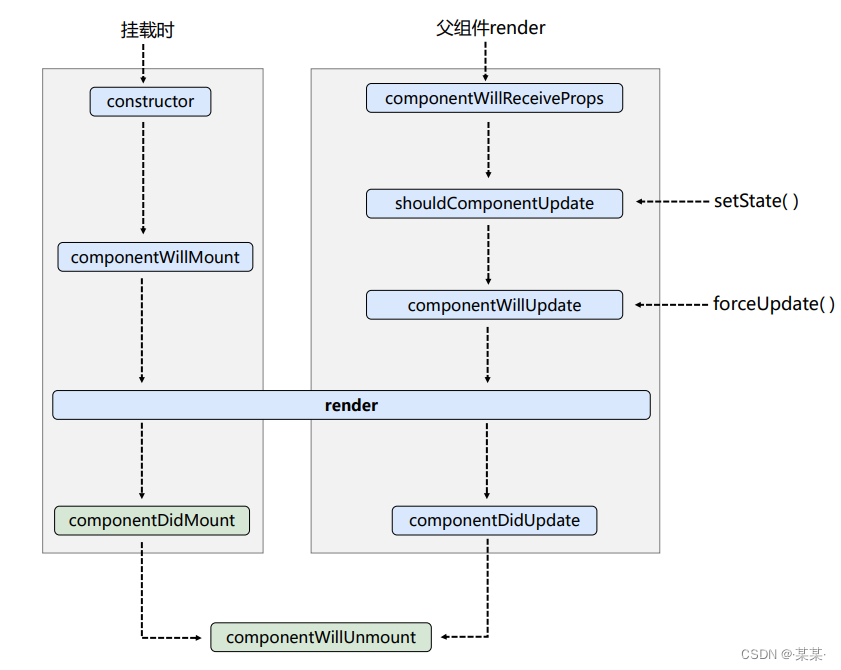
<script type="text/babel">
//创建组件
class Count extends React.Component{
/*
1. 初始化阶段: 由ReactDOM.render()触发---初次渲染
1. constructor()
2. componentWillMount()
3. render()
4. componentDidMount() =====> 常用
一般在这个钩子中做一些初始化的事,例如:开启定时器、发送网络请求、订阅消息
2. 更新阶段: 由组件内部this.setSate()或父组件render触发
1. shouldComponentUpdate()
2. componentWillUpdate()
3. render() =====> 必须使用的一个
4. componentDidUpdate()
3. 卸载组件: 由ReactDOM.unmountComponentAtNode()触发
1. componentWillUnmount() =====> 常用
一般在这个钩子中做一些收尾的事,例如:关闭定时器、取消订阅消息
*/
//构造器
constructor(props){
console.log('Count---constructor');
super(props)
//初始化状态
this.state = {count:0}
}
//加1按钮的回调
add = ()=>{
//获取原状态
const {count} = this.state
//更新状态
this.setState({count:count+1})
}
//卸载组件按钮的回调
death = ()=>{
ReactDOM.unmountComponentAtNode(document.getElementById('test'))
}
//强制更新按钮的回调
force = ()=>{
this.forceUpdate()
}
//组件将要挂载的钩子
componentWillMount(){
console.log('Count---componentWillMount');
}
//组件挂载完毕的钩子
componentDidMount(){
console.log('Count---componentDidMount');
}
//组件将要卸载的钩子
componentWillUnmount(){
console.log('Count---componentWillUnmount');
}
//控制组件更新的“阀门”
shouldComponentUpdate(){
console.log('Count---shouldComponentUpdate');
return true
}
//组件将要更新的钩子
componentWillUpdate(){
console.log('Count---componentWillUpdate');
}
//组件更新完毕的钩子
componentDidUpdate(){
console.log('Count---componentDidUpdate');
}
render(){
console.log('Count---render');
const {count} = this.state
return(
<div>
<h2>当前求和为:{count}</h2>
<button onClick={this.add}>点我+1</button>
<button onClick={this.death}>卸载组件</button>
<button onClick={this.force}>不更改任何状态中的数据,强制更新一下</button>
</div>
)
}
}
//渲染组件
ReactDOM.render(<Count/>,document.getElementById('test'))
</script>
界面初始化,打印如下:
Count—constructor
Count—componentWillMount
Count—render
Count—componentDidMount
数据界面更新,打印如下:
Count—shouldComponentUpdate
Count—componentWillUpdate
Count—render
Count—componentDidUpdate
forceUpdate函数强制更新,打印如下:
Count—componentWillUpdate
Count—render
Count—componentDidUpdate
卸载组件,打印如下:
Count—componentWillUnmount
<script type="text/babel">
//创建组件
//父组件A
class A extends React.Component{
//初始化状态
state = {carName:'奔驰'}
changeCar = ()=>{
this.setState({carName:'奥拓'})
}
render(){
return(
<div>
<div>我是A组件</div>
<button onClick={this.changeCar}>换车</button>
<B carName={this.state.carName}/>
</div>
)
}
}
//子组件B
class B extends React.Component{
//组件将要接收新的props的钩子
componentWillReceiveProps(props){
console.log('B---componentWillReceiveProps',props);
}
//控制组件更新的“阀门”
shouldComponentUpdate(){
console.log('B---shouldComponentUpdate');
return true
}
//组件将要更新的钩子
componentWillUpdate(){
console.log('B---componentWillUpdate');
}
//组件更新完毕的钩子
componentDidUpdate(){
console.log('B---componentDidUpdate');
}
render(){
console.log('B---render');
return(
<div>我是B组件,接收到的车是:{this.props.carName}</div>
)
}
}
//渲染组件
ReactDOM.render(<A/>,document.getElementById('test'))
</script>
界面初始化,打印如下:
B—render
父组件传参数据变化,打印如下:
B—componentWillReceiveProps {carName: “奥拓”}
B—shouldComponentUpdate
B—componentWillUpdate
B—render
B—componentDidUpdate
5.2、新版 - 生命周期
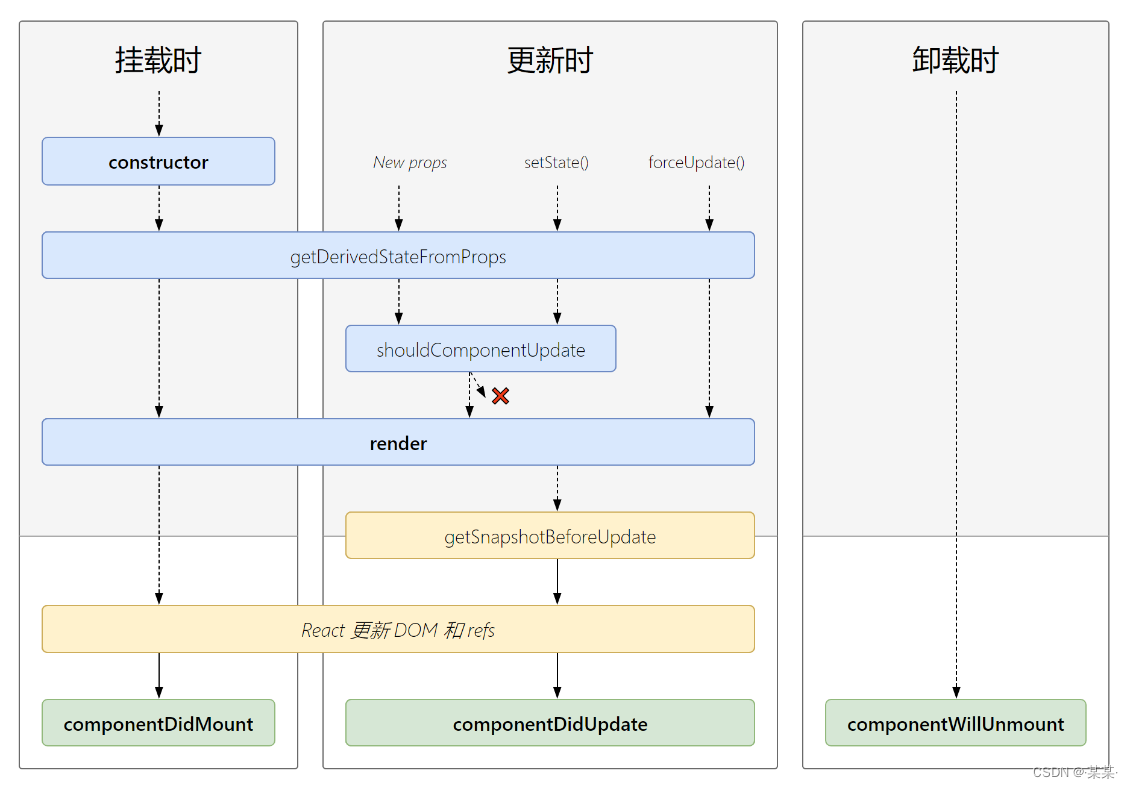
<script type="text/babel">
//创建组件
class Count extends React.Component{
/*
1. 初始化阶段: 由ReactDOM.render()触发---初次渲染
1. constructor()
2. getDerivedStateFromProps
3. render()
4. componentDidMount() =====> 常用
一般在这个钩子中做一些初始化的事,例如:开启定时器、发送网络请求、订阅消息
2. 更新阶段: 由组件内部this.setSate()或父组件重新render触发
1. getDerivedStateFromProps
2. shouldComponentUpdate()
3. render()
4. getSnapshotBeforeUpdate
5. componentDidUpdate()
3. 卸载组件: 由ReactDOM.unmountComponentAtNode()触发
1. componentWillUnmount() =====> 常用
一般在这个钩子中做一些收尾的事,例如:关闭定时器、取消订阅消息
*/
//构造器
constructor(props){
console.log('Count---constructor');
super(props)
//初始化状态
this.state = {count:0}
}
//加1按钮的回调
add = ()=>{
//获取原状态
const {count} = this.state
//更新状态
this.setState({count:count+1})
}
//卸载组件按钮的回调
death = ()=>{
ReactDOM.unmountComponentAtNode(document.getElementById('test'))
}
//强制更新按钮的回调
force = ()=>{
this.forceUpdate()
}
//若state的值在任何时候都取决于props,那么可以使用getDerivedStateFromProps
static getDerivedStateFromProps(props,state){
console.log('getDerivedStateFromProps',props,state);
return null
}
//在更新之前获取快照
getSnapshotBeforeUpdate(){
console.log('getSnapshotBeforeUpdate');
return 'atguigu'
}
//组件挂载完毕的钩子
componentDidMount(){
console.log('Count---componentDidMount');
}
//组件将要卸载的钩子
componentWillUnmount(){
console.log('Count---componentWillUnmount');
}
//控制组件更新的“阀门”
shouldComponentUpdate(){
console.log('Count---shouldComponentUpdate');
return true
}
//组件更新完毕的钩子
componentDidUpdate(preProps,preState,snapshotValue){
console.log('Count---componentDidUpdate',preProps,preState,snapshotValue);
}
render(){
console.log('Count---render');
const {count} = this.state
return(
<div>
<h2>当前求和为:{count}</h2>
<button onClick={this.add}>点我+1</button>
<button onClick={this.death}>卸载组件</button>
<button onClick={this.force}>不更改任何状态中的数据,强制更新一下</button>
</div>
)
}
}
//渲染组件
ReactDOM.render(<Count count={199}/>,document.getElementById('test'))
</script>
界面初始化,打印如下:
Count—constructor
getDerivedStateFromProps {count: 199} {count: 0}
Count—render
Count—componentDidMount
数据界面更新,打印如下:
getDerivedStateFromProps {count: 199} {count: 1}
Count—shouldComponentUpdate
Count—render
getSnapshotBeforeUpdate
Count—componentDidUpdate {count: 199} {count: 0} atguigu
forceUpdate函数强制更新,打印如下:
getDerivedStateFromProps {count: 199} {count: 1}
Count—render
getSnapshotBeforeUpdate
Count—componentDidUpdate {count: 199} {count: 1} atguigu
卸载组件,打印如下:
Count—componentWillUnmount
5.4、getSnapShotBeforeUpdate的使用场景
需求:滚动框内每隔一秒新增一条新闻数据,内容溢出时可滚动。当下拉到某一条新闻数据时,不会因为新增数据发生位置滚动。
<!DOCTYPE html>
<html lang="en">
<head>
<meta charset="UTF-8">
<title>4_getSnapShotBeforeUpdate的使用场景</title>
<style>
.list{
width: 200px;
height: 150px;
background-color: skyblue;
overflow: auto;
}
.news{
height: 30px;
}
</style>
</head>
<body>
<!-- 准备好一个“容器” -->
<div id="test"></div>
<!-- 引入react核心库 -->
<script type="text/javascript" src="../js/17.0.1/react.development.js"></script>
<!-- 引入react-dom,用于支持react操作DOM -->
<script type="text/javascript" src="../js/17.0.1/react-dom.development.js"></script>
<!-- 引入babel,用于将jsx转为js -->
<script type="text/javascript" src="../js/17.0.1/babel.min.js"></script>
<script type="text/babel">
class NewsList extends React.Component{
state = {newsArr:[]}
componentDidMount(){
setInterval(() => {
//获取原状态
const {newsArr} = this.state
//模拟一条新闻
const news = '新闻'+ (newsArr.length+1)
//更新状态
this.setState({newsArr:[news,...newsArr]})
}, 1000);
}
getSnapshotBeforeUpdate(){
// 获取到更新前的滚动高度
return this.refs.list.scrollHeight
}
componentDidUpdate(preProps,preState,height){
// 最新的滚动高度 - 上一次的高度 = 单条新增数据的高度
// scrollTop 内容未溢出时为0
this.refs.list.scrollTop += this.refs.list.scrollHeight - height
}
render(){
return(
<div className="list" ref="list">
{
this.state.newsArr.map((n,index)=>{
return <div key={index} className="news">{n}</div>
})
}
</div>
)
}
}
ReactDOM.render(<NewsList/>,document.getElementById('test'))
</script>
</body>
</html>
5.5、新、旧生命周期变化
即将废弃的钩子:
1、componentWillMount
2、componentWillReceiveProps
3、componentWillUpdate
现在使用会出现警告,下一个大版本需要加上UNSAFE_前缀才能使用,以后可能会被彻底废弃,不建议使用。
新增的钩子:
1、getDerivedStateFromProps:若state的值在任何时候都取决于props,那么可以使用此钩子;
2、getSnapshotBeforeUpdate:在更新之前获取快照(获取更新前数据);
6、Diff算法
基本原理图

key值的作用
<!DOCTYPE html>
<html>
<head>
<meta charset="UTF-8">
<title>key的作用</title>
</head>
<body>
<div id="test"></div>
<!-- 引入react核心库 -->
<script type="text/javascript" src="../js/react.development.js"></script>
<!-- 引入react-dom -->
<script type="text/javascript" src="../js/react-dom.development.js"></script>
<!-- 引入babel -->
<script type="text/javascript" src="../js/babel.min.js"></script>
<script type="text/babel">
/*
经典面试题:
1). react/vue中的key有什么作用?(key的内部原理是什么?)
2). 为什么遍历列表时,key最好不要用index?
1. 虚拟DOM中key的作用:
1). 简单的说: key是虚拟DOM对象的标识, 在更新显示时key起着极其重要的作用。
2). 详细的说: 当状态中的数据发生变化时,react会根据【新数据】生成【新的虚拟DOM】,
随后React进行【新虚拟DOM】与【旧虚拟DOM】的diff比较,比较规则如下:
a. 旧虚拟DOM中找到了与新虚拟DOM相同的key:
(1).若虚拟DOM中内容没变, 直接使用之前的真实DOM
(2).若虚拟DOM中内容变了, 则生成新的真实DOM,随后替换掉页面中之前的真实DOM
b. 旧虚拟DOM中未找到与新虚拟DOM相同的key
根据数据创建新的真实DOM,随后渲染到到页面
2. 用index作为key可能会引发的问题:
1. 若对数据进行:逆序添加、逆序删除等破坏顺序操作:
会产生没有必要的真实DOM更新 ==> 界面效果没问题, 但效率低。
2. 如果结构中还包含输入类的DOM:
会产生错误DOM更新 ==> 界面有问题。
3. 注意!如果不存在对数据的逆序添加、逆序删除等破坏顺序操作,
仅用于渲染列表用于展示,使用index作为key是没有问题的。
3. 开发中如何选择key?:
1.最好使用每条数据的唯一标识作为key, 比如id、手机号、身份证号、学号等唯一值。
2.如果确定只是简单的展示数据,用index也是可以的。
*/
/*
慢动作回放----使用index索引值作为key
初始数据:
{id:1,name:'小张',age:18},
{id:2,name:'小李',age:19},
初始的虚拟DOM:
<li key=0>小张---18<input type="text"/></li>
<li key=1>小李---19<input type="text"/></li>
更新后的数据:
{id:3,name:'小王',age:20},
{id:1,name:'小张',age:18},
{id:2,name:'小李',age:19},
更新数据后的虚拟DOM:
<li key=0>小王---20<input type="text"/></li>
<li key=1>小张---18<input type="text"/></li>
<li key=2>小李---19<input type="text"/></li>
-----------------------------------------------------------------
慢动作回放----使用id唯一标识作为key
初始数据:
{id:1,name:'小张',age:18},
{id:2,name:'小李',age:19},
初始的虚拟DOM:
<li key=1>小张---18<input type="text"/></li>
<li key=2>小李---19<input type="text"/></li>
更新后的数据:
{id:3,name:'小王',age:20},
{id:1,name:'小张',age:18},
{id:2,name:'小李',age:19},
更新数据后的虚拟DOM:
<li key=3>小王---20<input type="text"/></li>
<li key=1>小张---18<input type="text"/></li>
<li key=2>小李---19<input type="text"/></li>
*/
class Person extends React.Component{
state = {
persons:[
{id:1,name:'小张',age:18},
{id:2,name:'小李',age:19},
]
}
add = ()=>{
const {persons} = this.state
const p = {id:persons.length+1,name:'小王',age:20}
this.setState({persons:[p,...persons]})
}
render(){
return (
<div>
<h2>展示人员信息</h2>
<button onClick={this.add}>添加一个小王</button>
<h3>使用index(索引值)作为key</h3>
<ul>
{
this.state.persons.map((personObj,index)=>{
return <li key={index}>{personObj.name}---{personObj.age}<input type="text"/></li>
})
}
</ul>
<hr/>
<hr/>
<h3>使用id(数据的唯一标识)作为key</h3>
<ul>
{
this.state.persons.map((personObj)=>{
return <li key={personObj.id}>{personObj.name}---{personObj.age}<input type="text"/></li>
})
}
</ul>
</div>
)
}
}
ReactDOM.render(<Person/>,document.getElementById('test'))
</script>
</body>
</html>
7、额外知识拓展
7.1、类的基本知识
<script type="text/javascript" >
/*
总结:
1.类中的构造器不是必须要写的,要对实例进行一些初始化的操作,如添加指定属性时才写。
2.如果A类继承了B类,且A类中写了构造器,那么A类构造器中的super是必须要调用的。
3.类中所定义的方法,都放在了类的原型对象上,供实例去使用。
*/
//创建一个Person类
class Person {
//构造器方法
constructor(name,age){
//构造器中的this是谁?—— 类的实例对象
this.name = name
this.age = age
}
//一般方法
speak(){
//speak方法放在了哪里?——类的原型对象上,供实例使用
//通过Person实例调用speak时,speak中的this就是Person实例
console.log(`我叫${this.name},我年龄是${this.age}`);
}
}
//创建一个Student类,继承于Person类
class Student extends Person {
constructor(name,age,grade){
super(name,age)
this.grade = grade
this.school = '尚硅谷'
}
//重写从父类继承过来的方法
speak(){
console.log(`我叫${this.name},我年龄是${this.age},我读的是${this.grade}年级`);
this.study()
}
study(){
//study方法放在了哪里?——类的原型对象上,供实例使用
//通过Student实例调用study时,study中的this就是Student实例
console.log('我很努力的学习');
}
}
const student = new Student('张三',9, 3)
console.log(student);
student.speak()
class Car {
constructor(name,price){
this.name = name
this.price = price
// this.wheel = 4
}
//类中可以直接写赋值语句,如下代码的含义是:给Car的实例对象添加一个属性,名为a,值为1
a = 1
wheel = 4
static demo = 100
}
const c1 = new Car('奔驰c63',199)
console.log(c1);
console.log(Car.demo);
</script>
7.2、原生事件绑定
<body>
<button id="btn1">按钮1</button>
<button id="btn2">按钮2</button>
<button onclick="demo()">按钮3</button>
<script type="text/javascript" >
const btn1 = document.getElementById('btn1')
btn1.addEventListener('click',()=>{
alert('按钮1被点击了')
})
const btn2 = document.getElementById('btn2')
btn2.onclick = ()=>{
alert('按钮2被点击了')
}
function demo(){
alert('按钮3被点击了')
}
</script>
</body>
7.3、展开运算符
<script type="text/javascript" >
let arr1 = [1,3,5,7,9]
let arr2 = [2,4,6,8,10]
console.log(...arr1); //展开一个数组
let arr3 = [...arr1,...arr2]//连接数组
//在函数中使用
function sum(...numbers){
return numbers.reduce((preValue,currentValue)=>{
return preValue + currentValue
})
}
console.log(sum(1,2,3,4));
//构造字面量对象时使用展开语法
let person = {name:'tom',age:18}
let person2 = {...person}
//console.log(...person); //报错,展开运算符不能展开对象
person.name = 'jerry'
console.log(person2);
console.log(person);
//合并
let person3 = {...person,name:'jack',address:"地球"}
console.log(person3);
</script>
// 打印如下:
// 1 3 5 7 9
// 1 3 5 7 9 2 4 6 8 10
// 10
// {name: "tom", age: 18}
// {name: "jerry", age: 18}
// {name: "jack", age: 18, address: "地球"}
